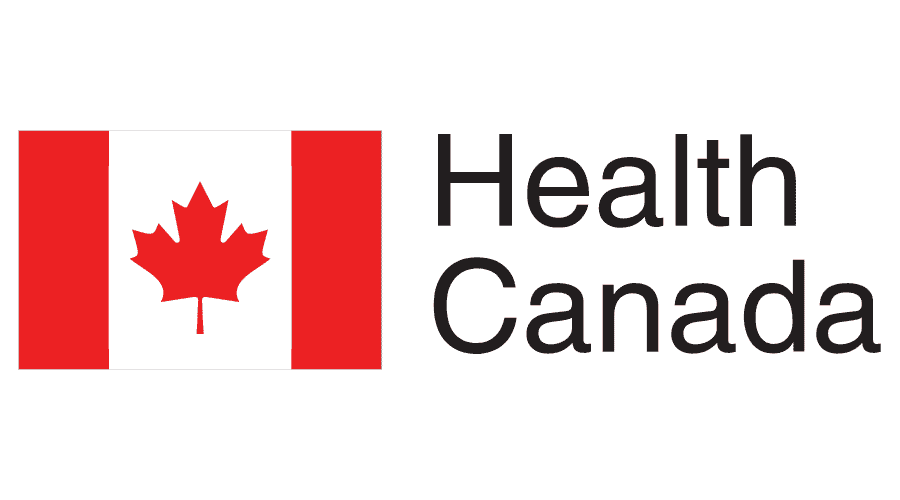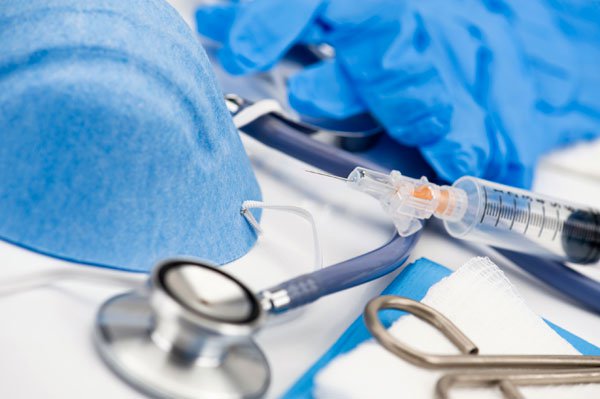Health Canada, the country’s regulating authority in the sphere of medical devices, has published a guidance document dedicated to the types of medical device license applications.
In particular, the document describes how medical devices could be combined when applying for a medical device license necessary to be allowed to place them on the market. The guidance outlines the criteria to be applied in order to determine whether the particular medical devices and accessories thereto are eligible for combining for the purpose of submitting a single device application. The document describes in detail such concepts as “system,” “test kit,” “medical device group,” “medical device family,” and “medical device group family.”

Table of Contents
According to the applicable regulations, in order to be allowed to market Class II-IV medical devices in Canada, the manufacturer shall duly hold an appropriate license. The Medical Devices Regulations prescribe six situations when a single application could be submitted. In the case of several components covered by one application, the class under the risk-based classification should be determined depending on the highest applicable class.
It is important to mention that the scope of this guidance does not cover the content of an application itself; that is covered in separate guidance dedicated to the topic.
First, the document provides the definitions of the most important terms and concepts, including the following:
- Medical Device Family – a group of medical devices that are made by the same manufacturer, that differ only in shape, colour, flavour or size, that have the same design and manufacturing process and that have the same intended use.
- Medical Device Group – a collection of medical devices, such as a procedure pack or tray, that is sold under a single name.
- Medical Device Group Family – a collection of medical device groups that are made by the same manufacturer, that have the same generic name specifying their intended use, and that differ only in the number and combination of products that comprise each group.
- System – a medical device comprising a number of components or parts intended to be used together to fulfill some or all of the device’s intended functions and that is sold under a single name.
- Test Kit – an in vitro diagnostic device that consists of reagents or articles, or any combination of these, and that is intended to be used to conduct a specific test.
Apart from those listed above, the guidance provides definitions of such terms as “component,” “automated analyzer,” “identifier,” “indications for use,” “intended use,” “in vitro diagnostic device,” “manufacturer,” “medical device,” “significant change,” and “software.”
License Application Types
As it was already mentioned before, the present Health Canada guidance is intended to provide medical device manufacturers and other parties involved with additional clarifications regarding sections 28 – 31 of the Medical Devices Regulations dedicated to different types of medical device license applications.
- System. All elements of the system should be placed on the market under the system name; otherwise, they will not be eligible for registration under a single application. Another important aspect relates to the manufacturers: all components manufactured by the same manufacturer are covered by the scope of the license, while any components manufactured by another manufacturer would require a separate license. When applying for a license for a system, an applicant shall indicate the names and identifiers for all the components thereof and also provide detailed information covering each of them. In the case of in vitro diagnostic devices, the scope of the system subject to review could cover both analyzer and test kit, provided they are manufactured by the same manufacturer and intended to be placed on the market together under the system name. If the assays belong to different risk classes, separate applications would be required; otherwise, the highest risk class would be applied for all the components.
- Test Kits. This concept is used only in the context of in vitro diagnostic devices. According to the document, it can consist of reagents or articles, or any combination of these, that are used together to conduct a specific test. At the same time, the authority additionally emphasizes that an analyzer, as a device used to conduct the test itself, falls outside the scope of the test kit and should be licensed separately. However, as mentioned, both the test kit and analyzer could be included in a single application as a system. It is stated that all reagents manufactured by the same manufacturer are deemed to be licensed, even if they are placed on the market separately.
- Medical Device Family. In the context of this concept, the authority states that materials, labeling, manufacturing processes, design and performance specifications cannot be significantly different between the members of the family, and the intended use of all the devices should also be the same. Once one member of a medical device family is licensed, all other are deemed to be licensed as well. However, if any of the devices of the family are subject to significant changes, such a device would require a separate license unless similar changes are made with regard to all devices.
- Medical Device Group represents several medical devices labeled and sold together under a single name. It is important to mention that medical devices included in the group are not required to be manufactured by the same manufacturer. At the same time, a device licensed in a medical device group cannot be sold outside of the group without a separate license. As in the case with other applications, the application for the medical device group should contain the names and identifiers of all the devices it covers. The license will be issued to the manufacturer of the group.
- Medical Device Group Family constitutes a collection of medical device groups that are made by the same manufacturer, have the same generic name specifying their intended use, and differ only in the number and combination of products that comprise each group. The framework allows medical device manufacturers to offer customized solutions matching the needs of particular healthcare institutions, provided that the intended use remains the same. Once one medical device group is licensed, the others are deemed to be licensed as well. According to the guidance, it is not necessary to indicate all medical devices groups in the license application. At the same time, the manufacturer shall provide detailed enough information about all medical devices included.
- Single Medical Device is a basic type of device license and should be used in the case of medical devices sold separately. If the device in question could be marketed in different sizes or the quantity of devices in a package varies, all potential variations should be described in a license application.
In summary, the present Health Canada guidance describes the main medical device license application types and highlights the main features of each type. The document outlines the scope of information to be included in each application and provides additional clarifications to be considered by the medical device manufacturers and other parties involved.
Sources:
How Can RegDesk Help?
RegDesk is a next-generation web-based software for medical device and IVD companies. Our cutting-edge platform uses machine learning to provide regulatory intelligence, application preparation, submission, and approvals management globally. Our clients also have access to our network of over 4000 compliance experts worldwide to obtain verification on critical questions. Applications that normally take 6 months to prepare can now be prepared within 6 days using RegDesk Dash(TM). Global expansion has never been this simple.


